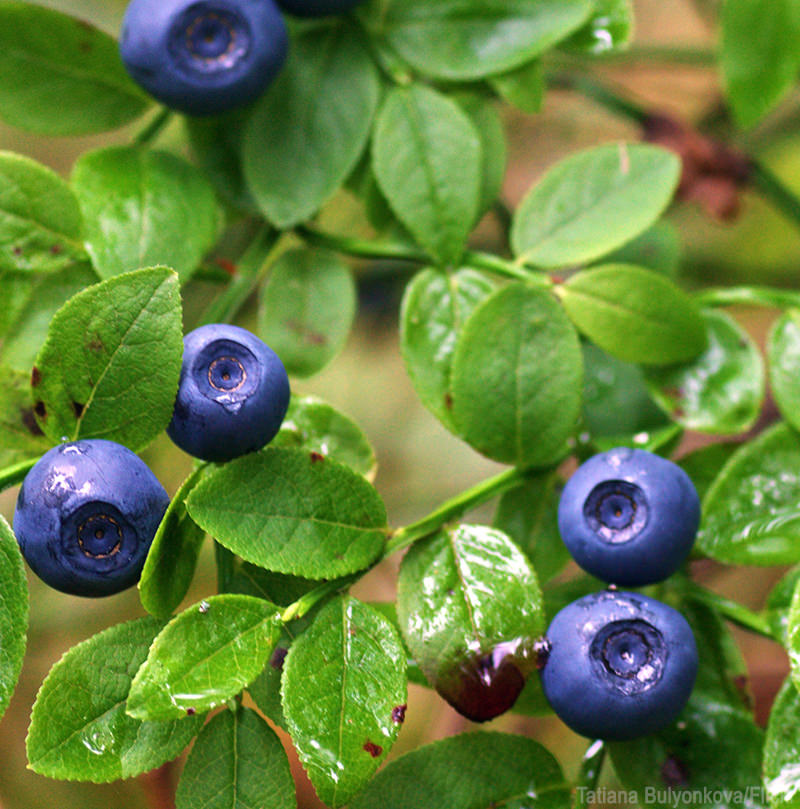

Once again, the “ick” is ranging around in our communities. The Internet is alight with articles giving us advice on how to fight off cold and flu germs, but there’s a difference between these two illnesses. Most people currently dealing with a sore throat, congestion and cough are suffering from the common cold.
When treating a cold, it’s always a good idea to increase your intake of vitamin C. This is why so many people mistakenly reach for the orange juice. It’s much better to eat the fruit itself, along with plenty of the white pith, which is too often peeled off—that’s where the bioflavonoids are. We know less about the need for zinc, but it’s also an important nutrient in the battle against the cold.
Benefits of Zinc
Zinc is a metal required by the human body. It plays a major role in maintaining healthy skin and nails, helps heal wounds properly, supports a healthy pregnancy, benefits eye health, and preserves our sense of taste. In the case of the common cold, zinc supplements have been known to shorten the time of suffering by more than half.
Most adults only get about 7½ mg of the 15 mg of zinc the need per day, so it’s worth finding a way to get more. I often recommend that my clients seeking help with their fertility munch on pumpkin seeds to get zinc into their systems, but I recently found another food that contains much more zinc: the bilberry (Vaccinium myrtillus).
Bilberry is one of the plant sources with the highest amount of zinc. The first time I heard about bilberries, I assumed it was just another name for blueberries. While it’s related to the blueberry, the bilberry fruit is smaller and darker. This plant is sometimes called a huckleberry, and many old herbals refer to it as such.
Growing Bilberry
This hardy little perennial shrub originated in Europe but can be grown in many climates. It’s hardy between zones 2 and 7 and prefers poor, acidic soils. Here in Ohio, acidic soil is hard to come by, so I plan to put some seedlings on the sunny side of my evergreens this spring. These established trees have dropped their needles over the years, creating an acidic oasis on an otherwise alkaline property.
If you’d like to plant bilberries, you’ll most often find seeds rather than plant starts. The seeds typically come dried and must be soaked before planting. They have a reputation for being poor germinators, and do best if you treat them like they are weeds. Late winter is a good time to get them in the ground unless you want to wait for the fall to plant.
Using Bilberry
In addition to zinc, the bilberry is very high in anthocyanidins, a phytochemical found in the berry’s pigment known to have benefits in the human body. In World War II bilberry was used by pilots to increase their night vision, and it remains an important eye supplement today. It seems to improve circulation to the tiny capillaries in the skin, eyes and surface of the brain. For this reason it has a reputation in preserving our youth. This ability also makes it popular for gout, varicose veins, arthritis and bruising.
The nice thing about bilberry is that unlike many other herbs, which can have a strong or disagreeable flavor, it tastes great. The berry has been used in jams, jellies and confections in Europe for years. You can eat the fruits fresh, make them into juice, or dry them for winter use. I make a delicious tea with them to support my eyesight, and this season, I’m happy with their double duty: providing both vitamin C and zinc to protect my immune system.
Get more home-grown remedies from HobbyFarms.com:
- The Bone-Healing Properties of Boneset
- 3 Natural Ways to Boost Your Energy
- Got Adrenal Problems? Grow Borage
- Chase Away the Blues with St. John’s Wort
- 8 Ways You Can Use and Love Burdock
« More of the Prescription Gardener »





One reply on “Bilberries for the Common Cold”
[…] Bilberry/Whortleberry/European Blueberry (Vaccinium myrtillus) […]